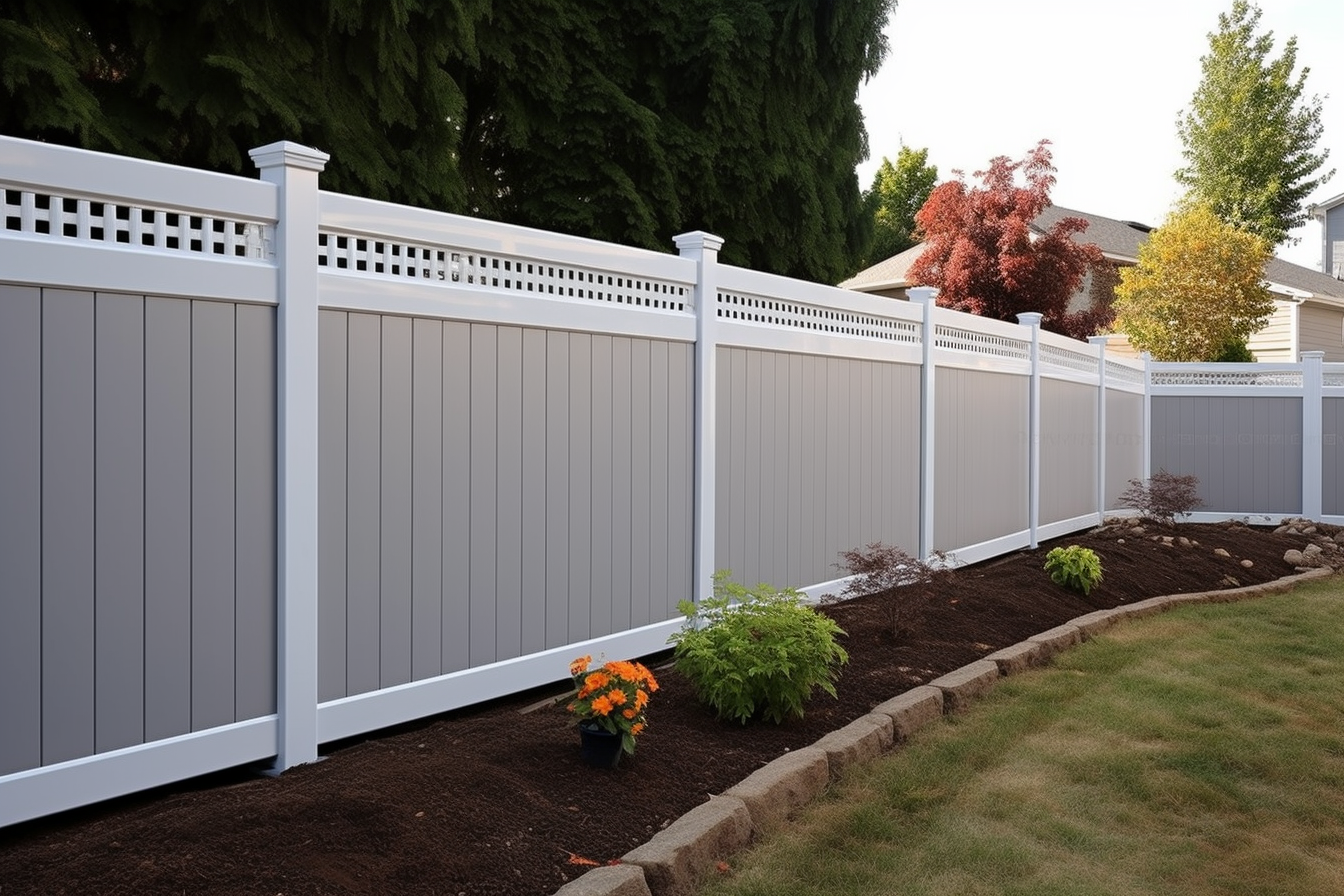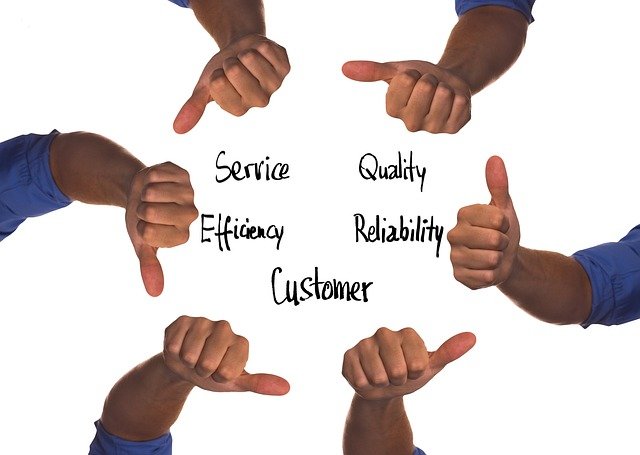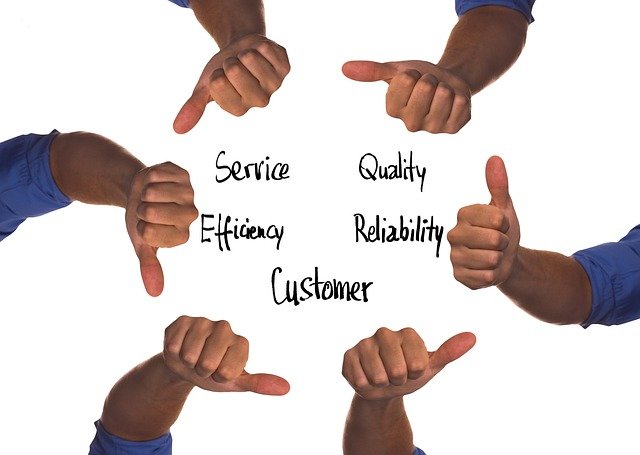Practical Home & Garden Upgrades for Everyday Living
Whether you own a compact apartment balcony or a spacious backyard, simple Home & Garden upgrades can transform how you use and enjoy your space. Thoughtful changes improve comfort, increase functionality, and boost curb appeal — often without major renovation. This article offers practical ideas for landscaping, maintenance, and sourcing supplies and services, with a focus on efficient workflows and sensible investments that suit a variety of budgets and climates.

How can bulk_create_keyword help Home & Garden?
Many homeowners and gardeners benefit from systems and tools that let them manage tasks at scale; bulk_create_keyword refers to batch approaches that save time and reduce repetitive effort. In a Home & Garden context, this could mean bulk-planting plans, batch irrigation setup, or organizing a series of similar repairs to be completed together. Approaching projects in batches often lowers per-item labor and material waste while creating consistent results across the property.
Using a bulk approach is especially useful for seasonal tasks: pruning multiple shrubs the same way, installing identical potted plant groups, or applying fertilizers across flower beds simultaneously. It also makes it easier to measure outcomes — once you standardize a method, you can compare different batches, refine timing, and predict costs. For do-it-yourselfers, planning bulk tasks ahead reduces trips to supply stores and improves schedule efficiency with local services.
Many digital tools support bulk workflows, from spreadsheet-driven planting maps to apps that schedule recurring maintenance. Consider grouping similar tasks by tool or skill required so that one visit from a landscaper or one session with equipment accomplishes more. This saves both time and money without compromising the individualized care that plants and home systems need.
Practical tips for smart gardening and maintenance
Start with soil health and plant selection: matching species to your climate and soil type reduces ongoing maintenance. Native plants and drought-tolerant varieties typically need less water and fertilizer. Mulching conserves moisture and suppresses weeds, while proper pruning improves air circulation and reduces disease. For lawns, mowing height and frequency are more important than fertilization in many regions — allow grass to grow slightly longer to develop deeper roots.
Water management is another key area. Installing drip irrigation or soaker hoses for beds and container plants gives targeted moisture where it’s needed, reducing evaporation and runoff. Rain barrels capture roof runoff for later use, and smart timers can align watering schedules with cooler parts of the day. For hardscapes, choose permeable pavers where possible to improve drainage and reduce pooling. Regular seasonal checks of gutters, downspouts, and outdoor drains prevent water damage and protect foundation health.
Finding reliable local services and supplies
When hiring local services, prioritize providers with clear references, transparent pricing, and insurance. Whether you need landscape design, tree care, pest control, or general maintenance, collect multiple estimates and ask for itemized scopes of work so you can compare apples to apples. Local garden centers and nurseries often offer valuable region-specific advice and may carry plant varieties better suited to local pests and weather patterns than big-box alternatives.
If you plan to source materials or engage pros for bulk projects, coordinate timing to leverage volume discounts and reduce multiple service visits. Many suppliers offer tiered pricing when you buy soil, mulch, or pavers in larger quantities. For smaller budgets, consider community tool libraries or equipment rental for occasional heavy tasks like aerating or stump grinding. Always check licensing and reviews for contractors, confirm liability coverage, and request a written agreement that outlines the work timeline and payment terms.
Maintenance scheduling and long-term planning
A predictable maintenance schedule keeps a property healthy and avoids costly emergencies. Create a seasonal checklist that includes pruning, fertilizing, irrigation checks, pest inspections, and structural assessments for fences, decks, and pathways. For larger properties, divide the landscape into zones and rotate deep tasks so workload is spread throughout the year. Tracking plant health and annual outcomes helps prioritize investments that yield the best return in terms of longevity and visual impact.
Long-term planning should balance aesthetics with sustainability. Consider replacing high-maintenance lawn areas with low-water xeriscaping, native pollinator gardens, or functional hardscapes that extend living space. Upgrading outdoor lighting to LED fixtures increases safety and reduces energy use. For trees and larger plants, plan for mature size to avoid future conflicts with structures, power lines, or pathways. Thoughtful placement and species selection now save substantial time and expense later.
Conclusion
Well-planned Home & Garden upgrades combine practical maintenance with thoughtful design choices to improve daily life and property value. Using batch-oriented strategies like bulk_create_keyword for similar tasks, prioritizing soil health and water management, and carefully selecting local services and supplies will streamline work and yield more consistent, long-lasting results. Regular scheduling and long-term planning protect your investments and help your outdoor spaces thrive for years to come.






